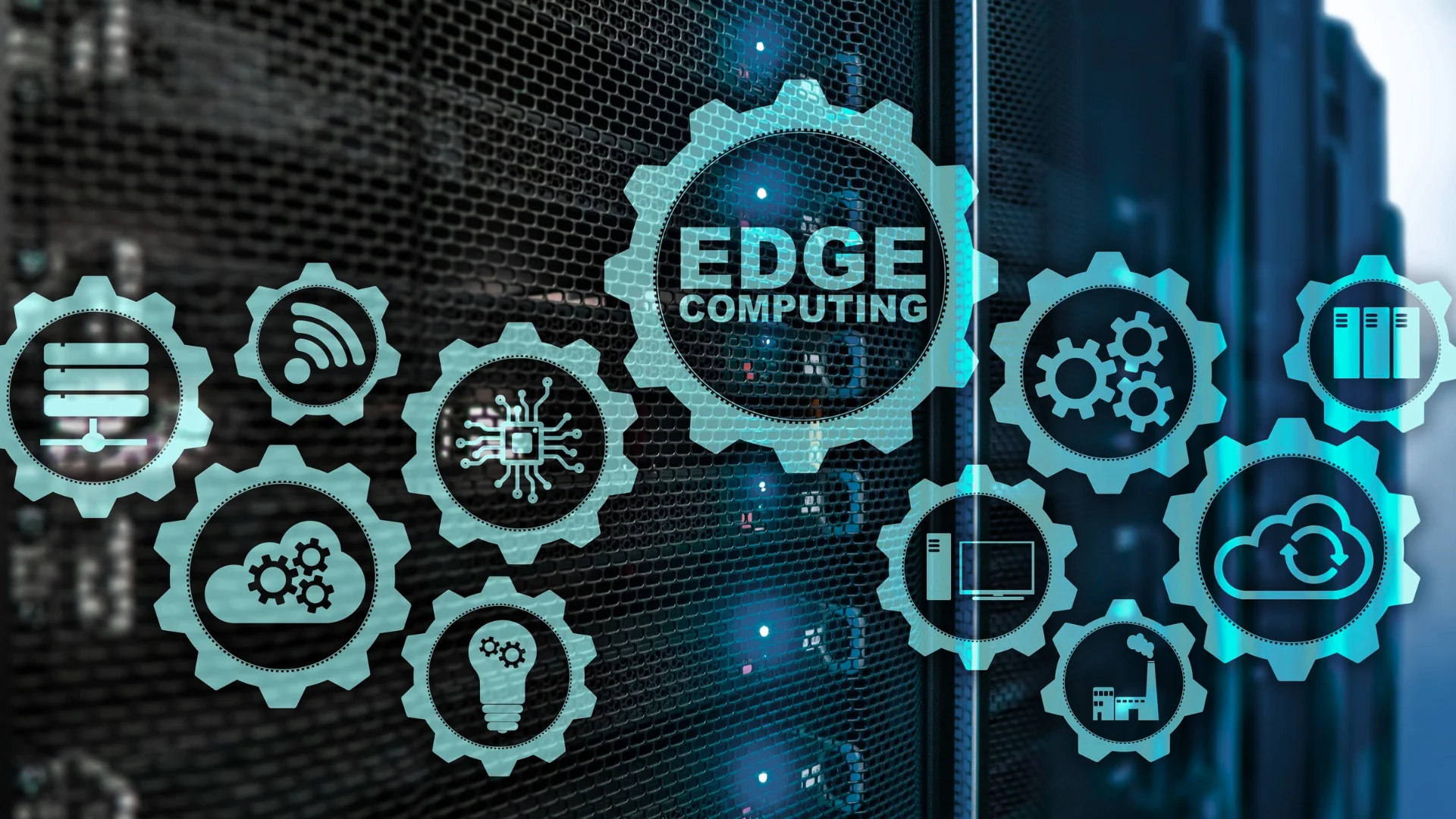
As organizations push for faster, smarter digital experiences, edge computing is becoming a major IT trend. Instead of sending all data to the cloud, more processing now happens directly on devices—reducing latency, improving privacy, and enabling real-time intelligence.
1. AI at the Edge
Lightweight models and TinyML allow devices to make decisions instantly—ideal for cameras, sensors, and industrial machines.
2. 5G Acceleration
Ultra-low latency networks make real-time applications like AR/VR, autonomous systems, and smart infrastructure more reliable.
3. Real-Time Analytics
Processing data locally reduces bandwidth needs and delivers insights immediately, critical for industries like retail, manufacturing, and logistics.
4. Cloud–Edge Hybrids
Modern architectures blend cloud scalability with edge responsiveness, giving enterprises the best of both worlds.
A logistics company in Amman struggled with delays caused by sending all vehicle and sensor data to a central cloud. They adopted edge gateways installed in their fleet—devices capable of analyzing data in real time.
These gateways could detect anomalies (like overheating or route deviations), alert drivers instantly, and send only summarized data to the cloud. The results were immediate:
This move gave the company real-time visibility without major infrastructure investment.
Expect to see on-device learning, 6G-ready systems, and digital twins at the edge becoming mainstream. As hardware becomes more efficient, edge devices will handle even greater intelligence locally.
Edge computing is no longer just an IT trend—it’s a practical way to deliver real-time performance, reduce costs, and build smarter applications. With a thoughtful rollout, even small and mid-sized businesses can leverage edge intelligence and prepare for the future of digital transformation.
To learn more about TJDEED’s services, click here.
To learn more about edge computing, click here.